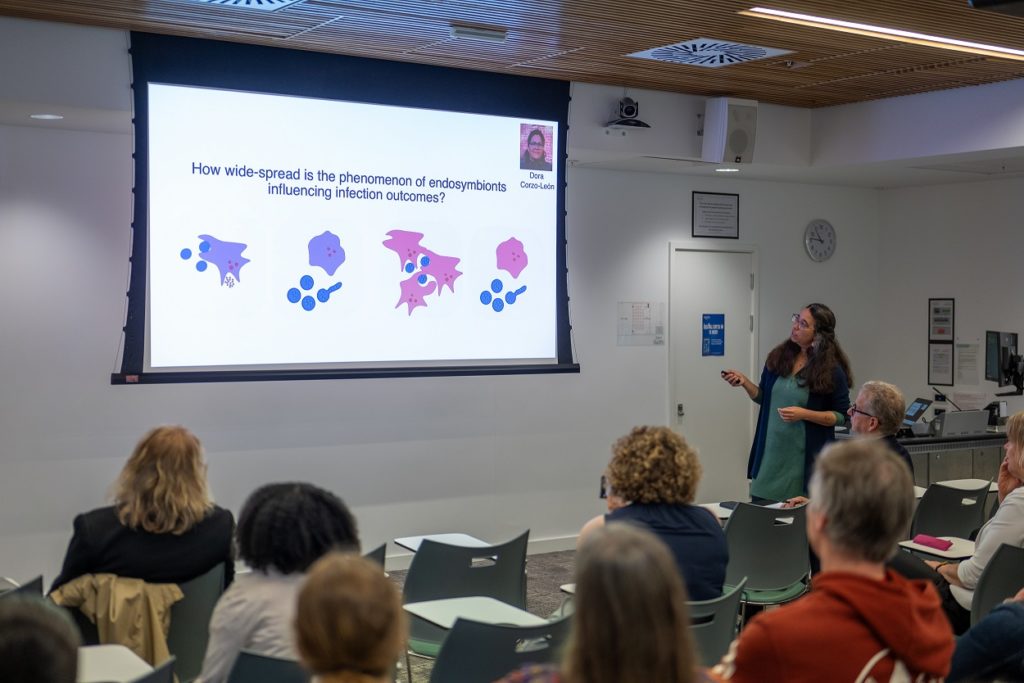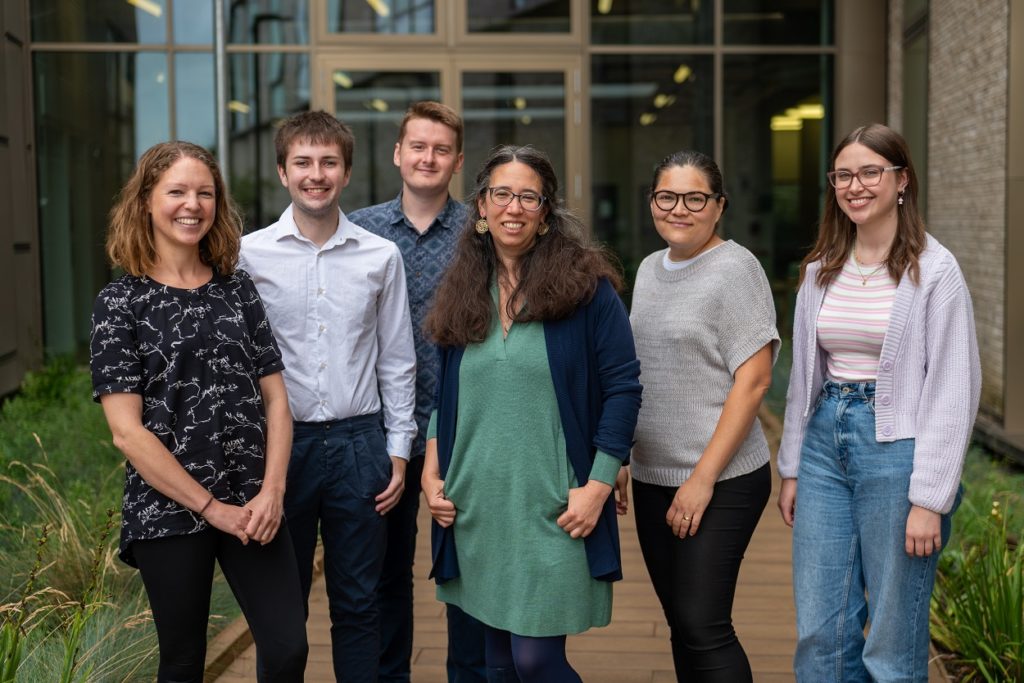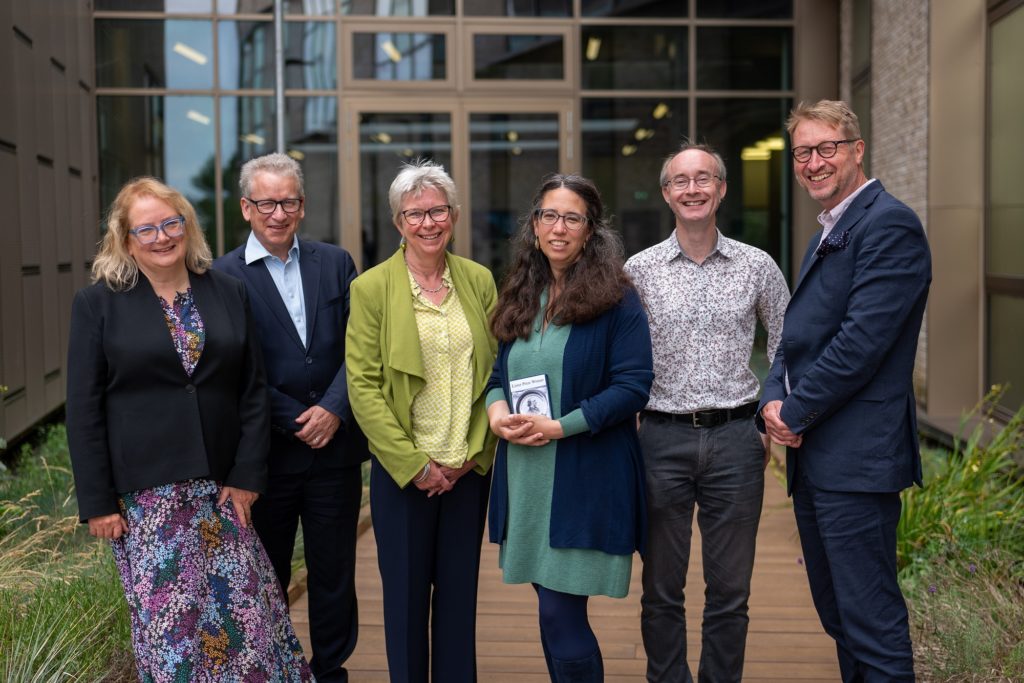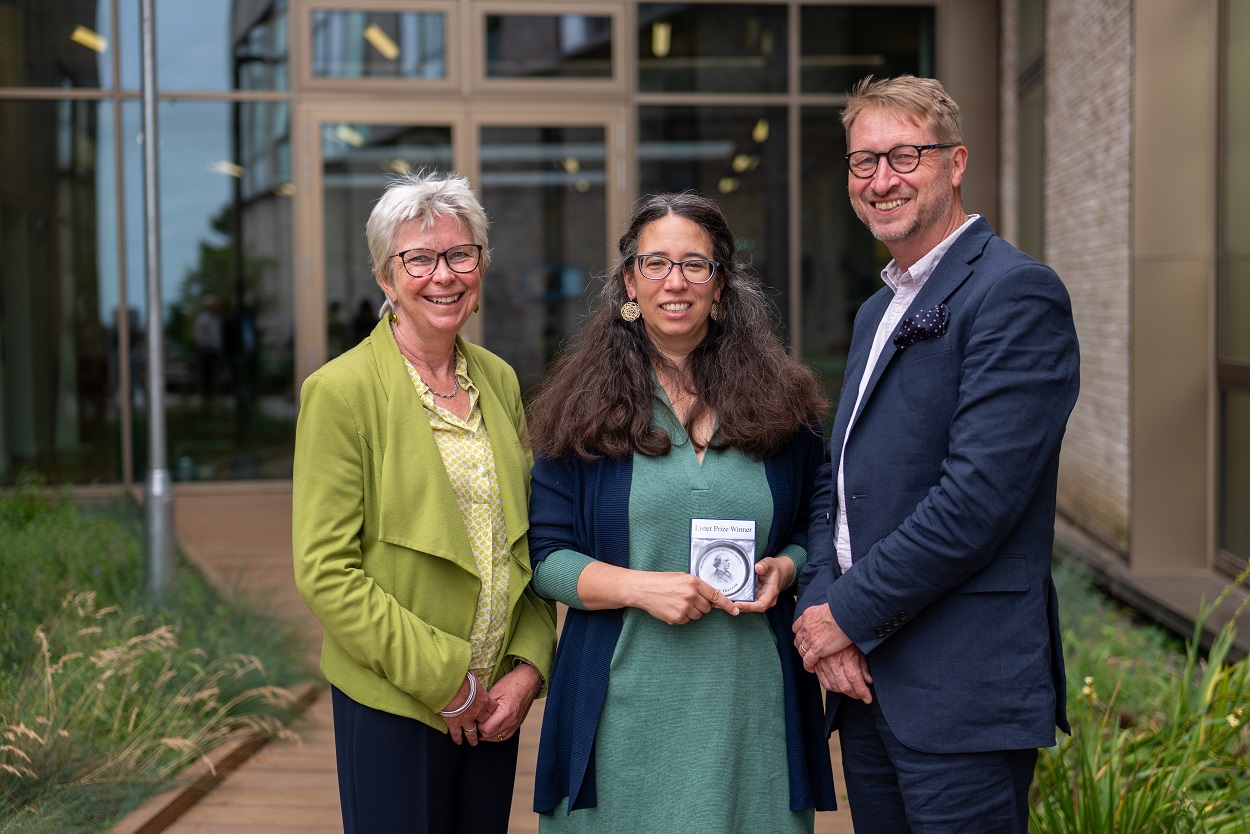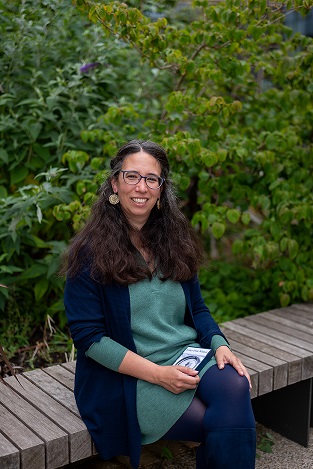
On 11 July 2023 the Medical Research Council Centre for Medical Mycology (MRC CMM) hosted Dr Elizabeth Ballou’s 2022 Lister Prize award presentation. The Lister Institute of Preventive Medicine was founded in 1891 and is one of the UK’s oldest medical charities. Each year, the Lister Prize is awarded to researchers who are early on in their careers, giving them the opportunity to develop their individual research interests. In 2022, Dr Ballou received the prize to allow her to progress her studies of the biology of the fungi that cause Mucormycosis; a little understood but serious infection with a mortality rate of 80%.
“I’m deeply honoured to have received a Lister Prize, and to join the community of researchers supported by the Lister Institute.” Said Dr Ballou, a Wellcome Trust Henry Dale Fellow and Principal Investigator at the MRC Centre for Medical Mycology.
“The prize will help my group address an urgent gap in knowledge by investigating the basic biology of understudied, emerging fungal pathogens that cause Mucormycosis. This prize also reflects the support and mentorship I have received from the medical mycology research community, for which I am extremely grateful.”
After introductions from Professor James Wakefield (Head of Department of Biosciences) and Professor Neil Gow (Deputy Vice Chancellor for Research and Professor of Microbiology), Dr Ballou presented her group’s research into the partnership (endosymbiosis) between certain bacteria and the fungus Rhizopus microsporus,which is one of the fungi that cause the disease Mucormycosis. Diagnosis of this condition is complex as it hard to detect and often appears with other serious infections. The fungus is also highly resistant to antifungal medicines, meaning treatment is challenging for clinicians.
The endosymbiotic relationship between bacteria and R. microsporus could be a target for Mucormycosis treatment in the future, explained Dr Ballou. “The research enabled by this prize has already opened up a totally new trajectory for our understanding of Mucormycosis that we are excited to pursue.”
